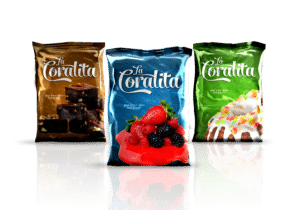Home » Choosing the Best Packaging Material for Snacks
Choosing the Best Packaging Material for Snacks
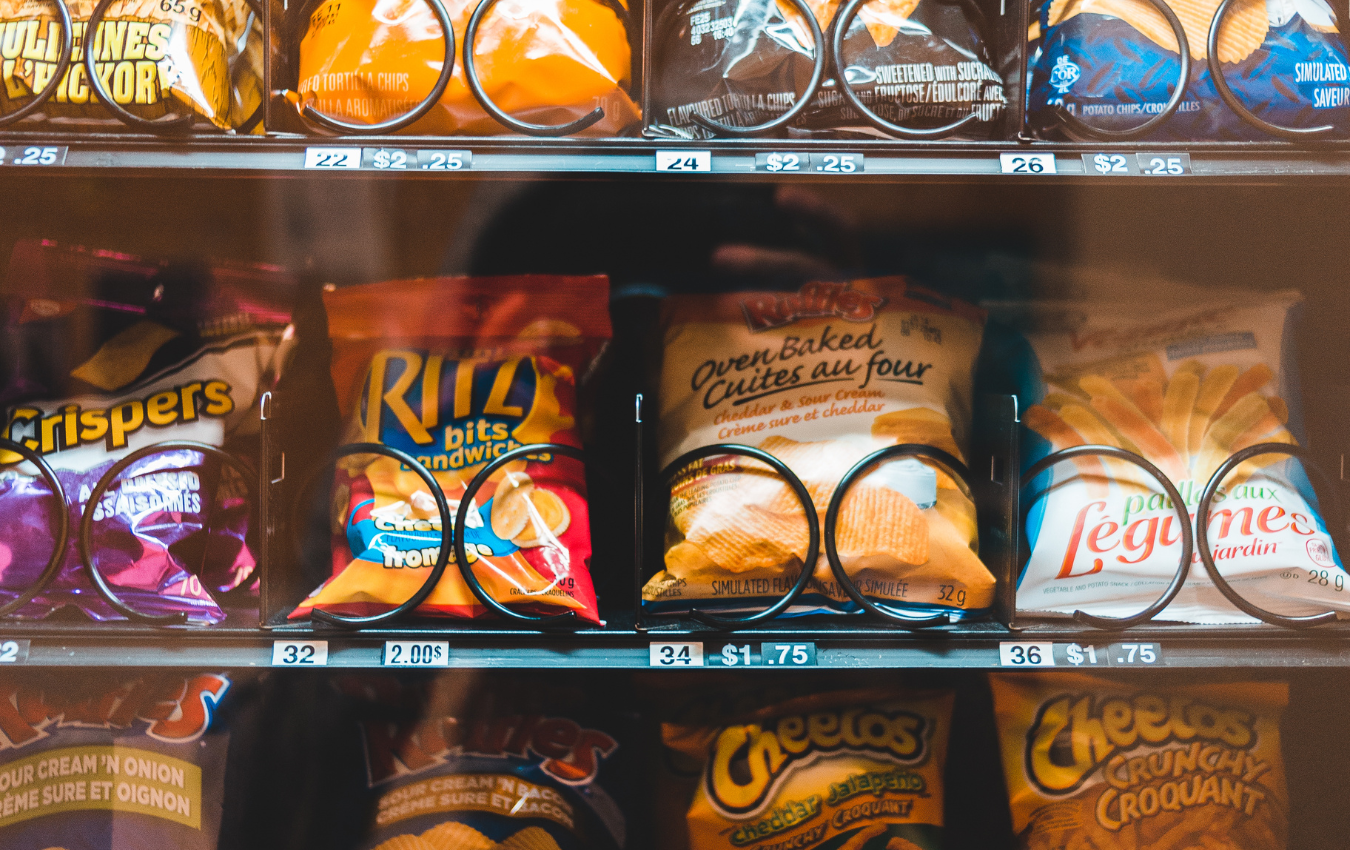
Packaging plays a pivotal role in the world of snacks, influencing everything from freshness and shelf life to branding and consumer appeal. With a multitude of packaging materials available, selecting the right one for your snacks is a critical decision that affects both product quality and market success. In this comprehensive guide, we’ll explore the various packaging materials suitable for snacks and delve into their benefits and considerations.
Factors to Consider When Choosing Packaging Material
Before delving into specific packaging materials, let’s examine the key factors to consider:
- Product Protection: The packaging material must protect snacks from external factors like moisture, air, light, and physical damage.
- Freshness and Shelf Life: Different materials offer varying levels of barrier protection, affecting the snacks’ freshness and shelf life.
- Brand Identity: Packaging contributes to brand recognition. The material’s appearance, texture, and print quality should align with your brand’s image.
- Eco-Friendliness: As sustainability gains prominence, choosing environmentally friendly materials is essential to minimize environmental impact.
- Cost: Packaging costs influence your product’s overall pricing strategy. Balancing quality and cost is crucial.
- Consumer Convenience: Packaging should be easy to open, resealable, and suitable for on-the-go consumption.

Common Snack Packaging Materials
Flexible Plastic Bags
- Benefits: Versatile, lightweight, and cost-effective. Offers excellent barrier properties against moisture and air.
- Considerations: Some plastic materials are not environmentally friendly. May lack a premium look for high-end products.
Paperboard Cartons
- Benefits: Sturdy, printable, and environmentally friendly. Ideal for branding and visual appeal.
- Considerations: Limited barrier protection compared to other materials. Not suitable for snacks requiring a longer shelf life.
Aluminum Foil
- Benefits: Provides exceptional barrier protection against moisture, light, and oxygen. Ensures prolonged freshness.
- Considerations: Relatively higher cost. Limited recyclability due to composite materials.
Metal Cans
- Benefits: Offers excellent protection, ideal for snacks prone to breakage. Durable and visually appealing.
- Considerations: Heavier and costlier compared to other materials. Limited options for resealability.
Stand-Up Pouches
- Benefits: Lightweight, space-efficient, and visually appealing. Can incorporate resealable features for convenience.
- Considerations: Barrier properties vary based on materials used. Not ideal for all types of snacks.
Biodegradable and Compostable Materials
- Benefits: Environmentally friendly, reducing plastic waste. Appeals to eco-conscious consumers.
- Considerations: May have limited barrier properties compared to traditional materials. Higher cost for some options.
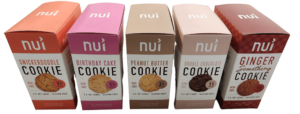
Paperboard
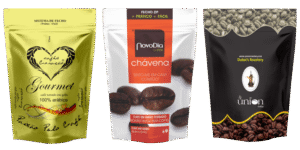
Pouch (Plastic Films)

Corrugated
Matching Materials to Snack Types
Different snacks have unique requirements that influence the ideal packaging material:
- Chips and Crisps: Air-tight packaging like foil bags or metal cans maintain crispiness.
- Cookies and Baked Goods: Paperboard cartons offer a balance between protection and branding.
- Fresh Fruit Snacks: Flexible plastic with resealable features preserves freshness.
- Nuts and Trail Mix: Barrier properties of foil pouches prevent spoilage.
- Chocolate and Candy: Aluminum foil provides protection against temperature changes.
- Granola Bars: Biodegradable materials align with health-conscious branding.

Roll Stock
Balancing Sustainability and Practicality
As consumers demand eco-friendly options, brands are focusing on sustainable packaging solutions. However, it’s essential to strike a balance between sustainability and practicality. Biodegradable materials might be ideal for some products, while others require longer shelf life provided by traditional materials.
If you are interested in snack packaging solutions, then partner with Brown Packaging today to get started.
Shifting packaging production from China to the U.S. can help stabilize costs, reduce tariff exposure, and shorten lead times. But the transition process requires careful
RSC boxes are known for their efficiency and versatility, but their performance ultimately comes down to strength. Buyers often see numbers like ECT, BCT, and
In packaging, foam isn’t just about initial protection — it’s about maintaining performance over the entire shipping or storage cycle. Compression set and recovery characteristics
Pouches are a go-to for flexibility and convenience, but they can fail in critical ways—from poor seals to punctures and delamination—that hurt performance and brand
In the retail environment, the placement of Point of Purchase (POP) displays is just as critical as their design and content. Strategic positioning can significantly
Choosing the right foam density isn’t about “soft” versus “hard” — it’s about controlling shock transmission and matching the foam’s cushioning curve to the product’s
Home » Choosing the Best Packaging Material for Snacks
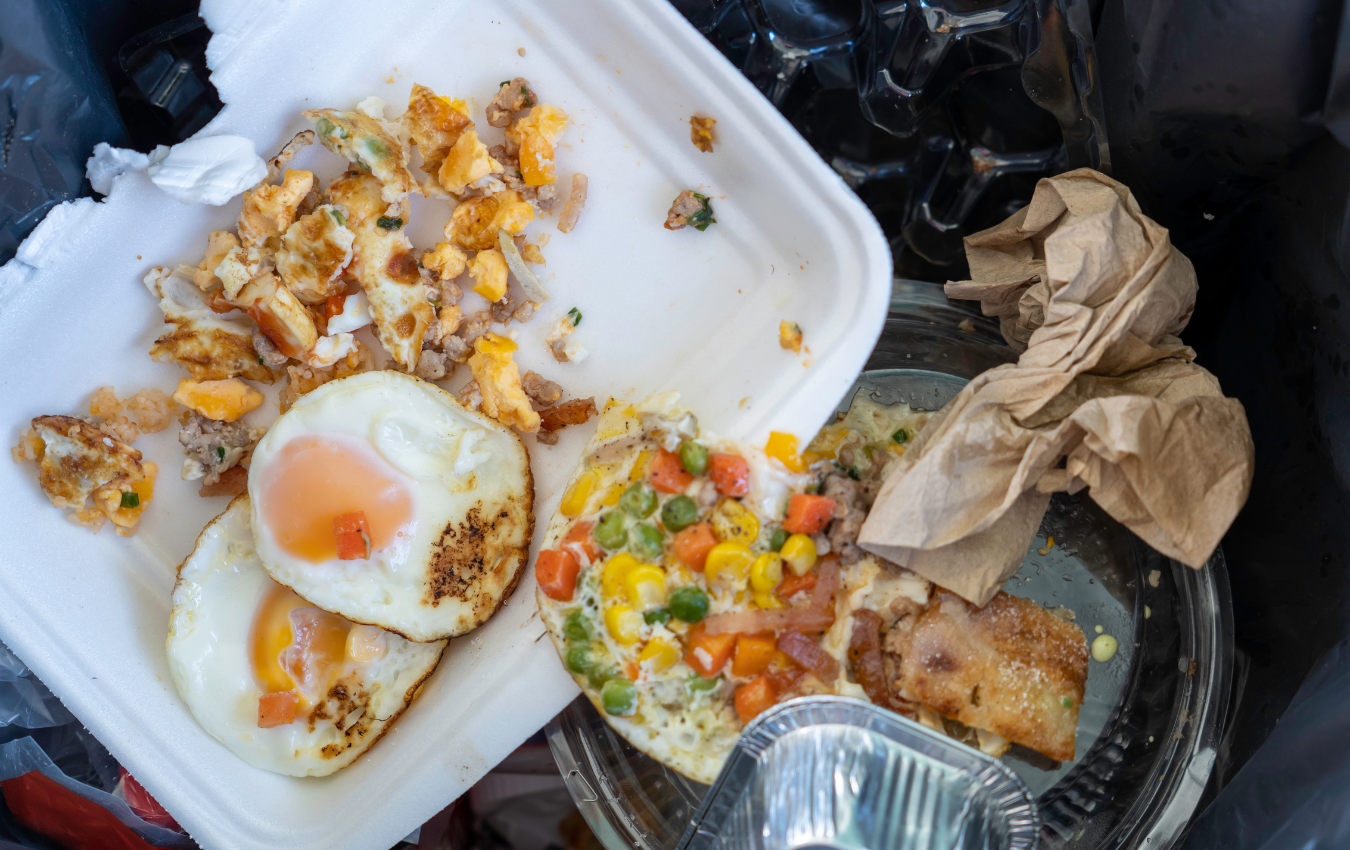
Food packaging waste is a pressing environmental issue that demands our attention. Excessive packaging, single-use plastics, limited recycling facilities, and consumer habits all contribute to
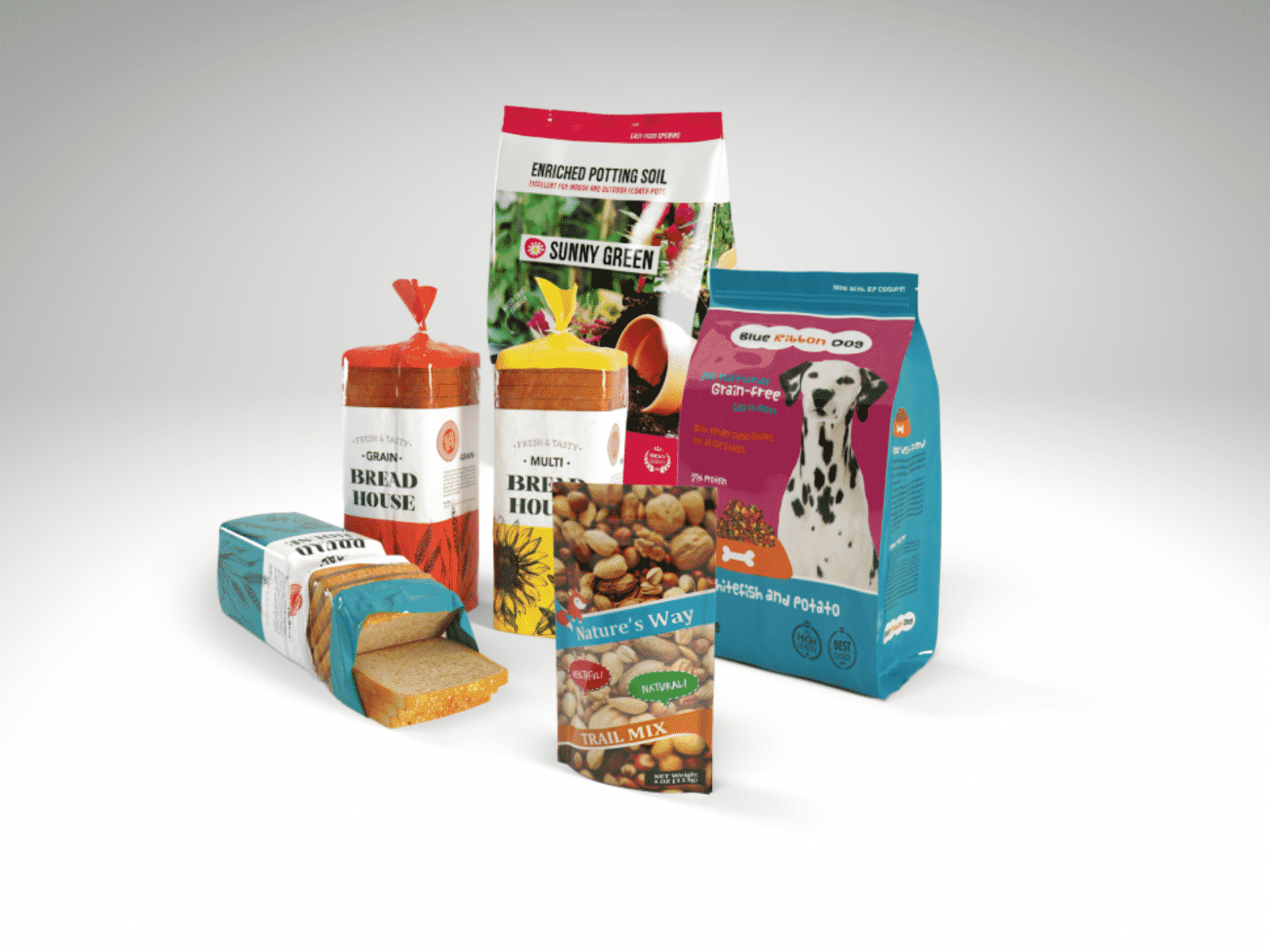
The food industry has undergone a variety of changes over the years, with one of the most prominent shifts being in the area of packaging.

A study published in September 2024 in Frontiers in Toxicology has identified 189 chemicals present in food packaging materials that are potential or confirmed mammary carcinogens,


